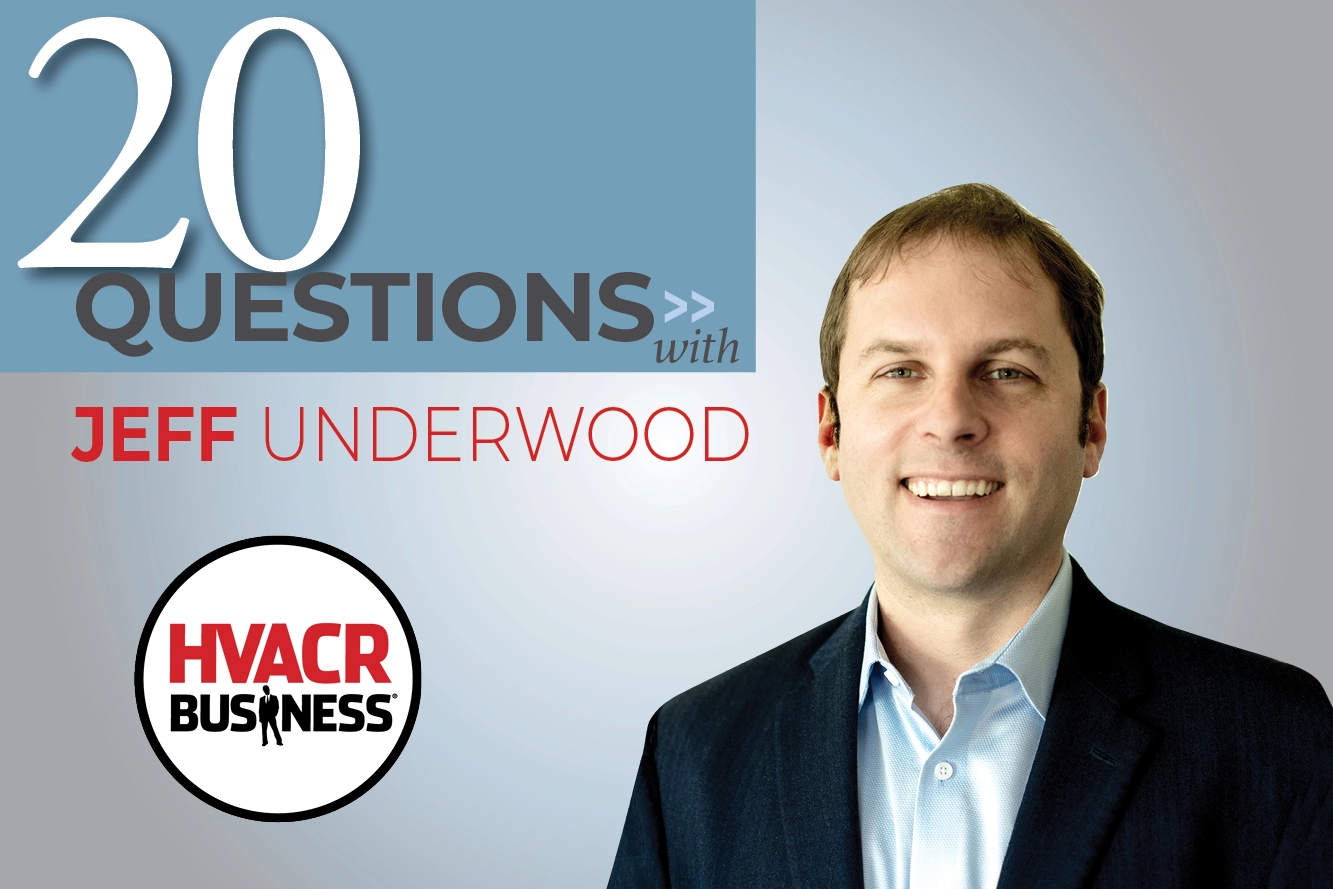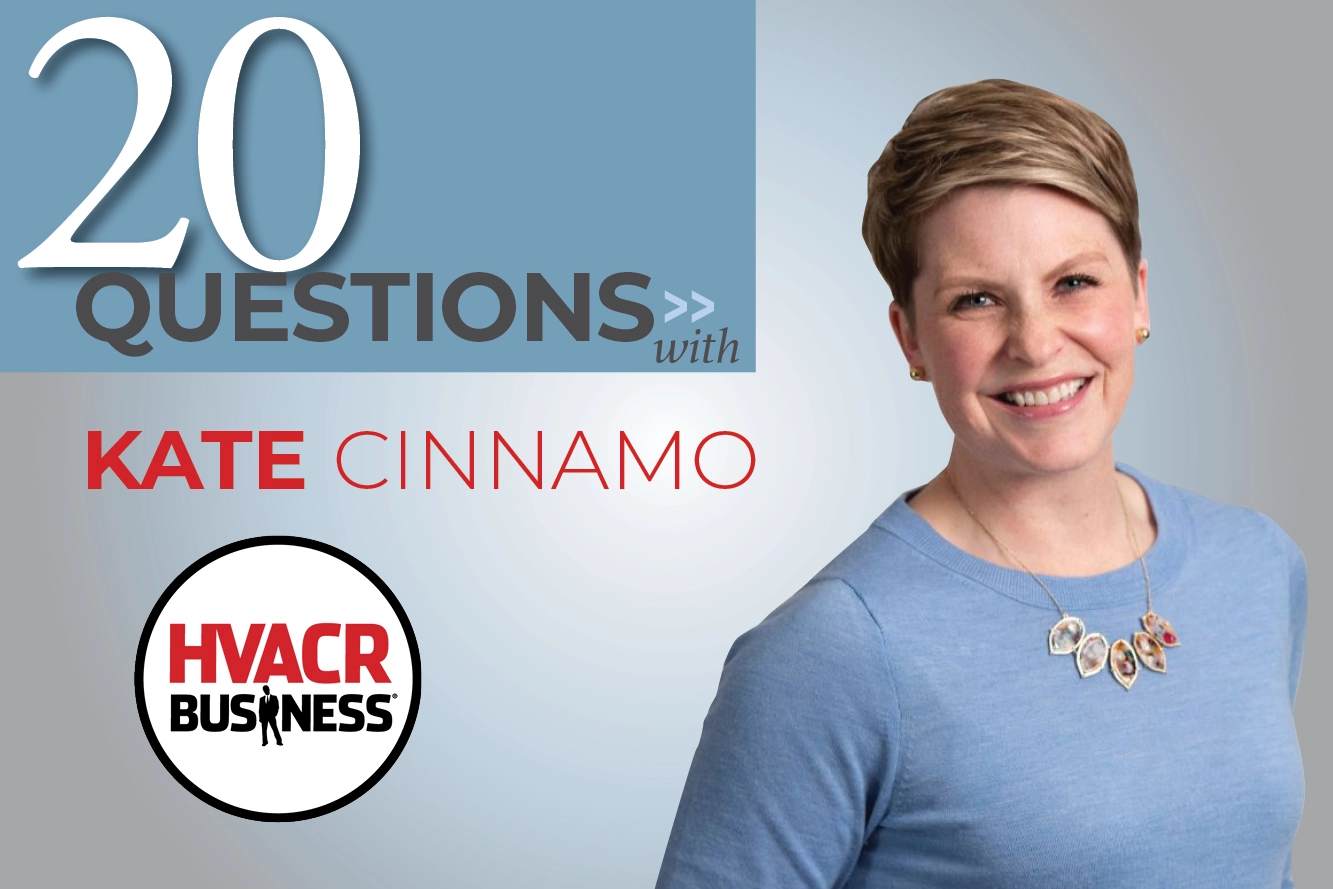Terry Tanker sat down with ecobee president Stuart Lombard in Orlando at the AHR Show to discuss green technology, energy savings, the Internet and launching new business ventures.
1. Where did you get your start in business?
I built Canada’s largest Internet service provider, then left and started a company that allowed people to transition from expensive private networks to Internet technologies.
2. What was the name of the Internet company?
ISTAR Internet. It’s a public company traded on the Toronto stock exchange. It was Canada’s largest tech IPO back in 1994.
3. So, you’re the Canadian version of Bill Gates?
No. I wish I were, though.
4. What was your next venture?
The second company allowed people to encrypt and transfer data across the Internet. I sold that business to a company out of Boston in 1998, and then spent about eight years as a venture capitalist investing in other people’s businesses. This allowed me to look at how over 500 people ran their businesses and take the best practices from them.
5. How did you come up with the idea for ecobee?
I wanted to move away from venture capital. I was interested in green technologies. I realized there is a lot of low-hanging fruit for the average consumer just managing heating and cooling better — 50 to 70 percent percent of your home energy use is managed through a device on the wall that is not easy to use. I knew there were technologies and features that could be incorporated through the Internet that would make a much more user-friendly thermostat.
6. What makes the Internet and thermostats so compatible?
There is so much data we can use to make intelligent decisions if we are connected to the Internet. For example, we incorporate things like weather feeds into our products. Additionally, we can update the software wirelessly, meaning our product can be easily upgraded.
7. What is the big picture view of what you are trying to accomplish?
We see a world where you have an automation system in your home that controls all the energy you either consume or produce, all through a single platform, a single Web interface.
8. Was ecobee something that you started; or did you see it as a venture capitalist and then acquire?
Four of us started in July 2007 with a blank sheet of paper. We spent the first year building prototype versions of the product. We started selling in February of 2009. Last year at AHR we launched, and the reception has been really great.
9. So it’s possible to launch a business in a really bad economy?
Absolutely. Whenever you launch a business, you’re not launching it for tomorrow. You’re launching it for what’s going to happen two or three years from now. You can’t predict economic cycles, but if you wait until everything is perfect, then you’re too late.
10. You mentioned earlier that you were able to take best practices from the companies you were investing in. What are your top three best practices?
The best businesses had three things in common: deliver a great product; provide great customer service; sell it at a reasonable price.
11. How do you manage innovation within the company so it benefits your customers?
First, you have to listen to the customer. One of the key differentiators of our products versus other products in the market, is that ours is fully software upgradeable over the Web. As we get suggestions, we can upgrade our product very quickly at very low cost.
12. How did you attract the management talent at your company?
The ecobee staff has come from a wide and diverse background, but we all have the same vision: to deliver a great product and provide great customer service. We continue to grow and are finding that individuals are seeking us out as they are excited to be part of a successful entrepreneurial organization that is having a positive impact on the environment.
13. Did you have specific management spots that you wanted to fill; or were the original four partners fulfilling those roles initially?
A bit of both. The four people we brought on were very experienced. Everyone on the management team has 20 to 30 years of experience.
14. Did you have somebody that was a manufacturing expert, a programming expert, etc.?
There was me; Mark is software development; John runs hardware design; and Brian is chief software architect. Then we brought in sales and marketing expertise.
15. What is your management philosophy?
Set high expectations, and aim to be the best. Write down on a piece of paper what you expect to do and go and do it.
16. What new plans are on the horizon for ecobee?
We’re really excited about our new light commercial product, the ecobee Energy Management System (EMS). There’s a gap in the market between buildings that are big enough to support a full building automation system, and then everything under that where you’ve got a thermostat on the wall, but it really gives you very limited control.
17. What kind of response have you had from small business owners?
That’s a market we are targeting. We did a case study as one of our test pilots where the small business had programmable thermostats, but they were programmed completely differently. They were fighting against each other, and in a single 4,000-square-foot building, the estimated cost savings was over $3,000 a year.
19. What have been the biggest challenges or barriers for ecobee?
Getting our name out and having people understand who ecobee is, can I trust this company, will they be around — all those kinds of things you face with a new business. Working with the distribution channel and our partners has been very meaningful for us. We have great distribution channels.
20. What did you need to provide to them to gain their trust initially?
Over the past year and a half we have spent a lot of time in front of our customers discussing our vision, doing demonstrations, and showing how we can help grow their businesses. We gained their trust by doing what we said we would, providing great customer service, and having a product that has exceeded their expectations.






